THE RAPE OF VENICE
Museo di Palazzo Mocenigo, Venezia, June 5 - November 22, 2015
Curated by Vittorio Urbani >>> Nuova Icona & Matteo Bertelè
The installation project is part of MUVE Contemporaneo for Biennale Internazionale d’Arte 2015
Project manager Marco Vidal
Catalogue with texts by Matteo Bertellè, Vittorio Urbani, Marco Vidal
Sound Francesco Gibaldi, Video: Emanuele Basso, Graphic design: >>> Sebastiano Girardi Studio, Fragrance creation: Maurizio Cerizza Atelier Fragranze Milano, Flooring print Gruppo Fallani, Multimedia set up We Exhibit srl
THE RAPE OF VENICE is a multimedia installation by Venetian artist Andrea Morucchio, presented within MUVE Contemporaneo, the contemporary art program of the Fondazione Musei Civici di Venezia for the 56th Venice Biennale.
Installed in the evocative White Room of Palazzo Mocenigo, the work immerses the viewer in a multisensory environment that reflects on the fragile, endangered identity of Venice — a city suspended between beauty and destruction, heritage and exploitation.
At the core of the installation lies an imposing floor composition made of thousands of printed tiles, a deconstructed reinterpretation of the mosaics of St. Mark’s Basilica. Once an emblem of sacred and civic splendor, this fragmented surface now mirrors the disintegration of Venice’s material and cultural fabric. The visitor, walking upon these disassembled tesserae, physically experiences a sense of precariousness and loss — an echo of the city’s own condition.
The soundscape, built from underwater recordings of the Venetian Lagoon, captures the deep rumble of boat propellers and engines, evoking the overwhelming and chaotic traffic that increasingly threatens the lagoon’s delicate ecosystem. These haunting sounds, layered with the resonance of water and reverberations of the submerged city, form an acoustic metaphor for a civilization drowning in its own contradictions.
Video projections of dozens of international media headlines continuously scroll on two walls across three horizontal levels, flooding the room with light and information. The effect is immersive and overwhelming: the visitor is literally surrounded by the escalating alarms about Venice’s precarious condition, reinforcing the sense of urgency and the city’s ongoing crisis.
Complementing these visual and auditory elements is a subtle fragrance inspired by the icy scent of lagoon seaweed, which saturates the space, adding a final sensory dimension that contrasts the aggressive noise and fragmented visuals with a note of quiet resilience and hope. This olfactory choice draws on Joseph Brodsky’s reflections in Watermark: “[...] but it has no north, south, east, or west; the only direction it has is sideways. It surrounds you like frozen seaweed, and the more you dart and dash about trying to get your bearings, the more you get lost.” The scent evokes the poet’s first encounters with Venice, and now, as in Morucchio’s installation, it transforms the space into a total, immersive environment.As Brodsky himself warned, “To be sure, everybody has designs on her, on this city. […] The goal of all that is one: rape.” Morucchio’s work literalizes this warning by making the viewer a participant in Venice’s ongoing vulnerability — a synesthetic confrontation with the city’s fragility.
Far from being didactic or propagandistic, The Rape of Venice aims to elicit sensations of suspension, instability, and disorientation, leading to a deeper emotional and intellectual engagement. It invites viewers to inhabit the crisis — to perceive Venice not as a postcard image, but as a living, suffering organism struggling for survival.
Through the fusion of heterogeneous media — visual, tactile, sonic, and olfactory — Morucchio constructs a synesthetic environment where perception becomes a form of awareness. The installation does not attempt to reproduce Venice, but rather conceptualizes its progressive sinking and renders tangible the experience of its absence, allowing viewers to confront the city’s threatened essence directly.
With its political resonance and interdisciplinary form, The Rape of Venice fully aligns with the spirit of the 2015 Venice Biennale, All the World’s Futures. In the words of curator Okwui Enwezor, this Biennale “must provoke experiences, create new relationships among artistic media, and open new intersections.” Morucchio’s installation embodies this challenge, transforming sensory experience into critical reflection — and reflection into a gesture of hope for the city’s uncertain future.
Andrea Morucchio’s The Rape of Venice is a radical intervention into Venice’s contemporary cultural and socio-political landscape. Far from offering a triumphal vision, the work reflects both the city’s fragility and the need for critical reflection. As Vittorio Urbani notes, the installation “is grounded in both a polemic and proactive analysis of the problems besetting Venice, coextensive with the city’s terminal stage of sufferance.” It acts as both exhibition and protest, critiquing Venice’s decline and entrenched systems of governance and cultural management.
The installation combines diverse media and materials, creating a fragmented yet coherent experience. Urbani highlights this balance: “In presenting different visual materials (with meanings that are both confluent and autonomous), The Rape of Venice becomes the ideal coalescence of diverse meanings… the fragmentation offered by Morucchio generates a (new) unity from the set multiplicity.” Matteo Bertelé similarly observes that the work “is a layered meditation on Venice’s current condition, where aesthetics, history, and politics intersect.”
A central feature is the continuous projection of headlines from newspapers worldwide, scrolling in real time along the walls. This situates Venice within a global context of awareness. The floor—a fragmented photographic reconstruction of San Marco’s mosaic—evokes both historical grandeur and contemporary disintegration.
Urbani emphasizes Morucchio’s careful orchestration: “He gives value to the different potentialities of his ‘instruments,’ and also brings forth their overall harmony.” Bertelé notes that the work “constructs a conceptual space where viewers are invited to engage critically with both the city and the artwork.” Through this, Venice’s fragility becomes a platform for reflection and awareness.
Ultimately, The Rape of Venice transforms Venice’s vulnerability into both an artistic and civic act. Urbani underscores the ethical dimension: “If not properly interpreted, facts would just lie limp and lifeless; it is what we think about them that generates their meaning.” Morucchio’s installation challenges viewers to confront the reality of Venice and engage intellectually and emotionally with its ongoing discourse on preservation, social structures, and cultural vitality.
..."Like The Rape of Venice, a powerful multimedia satellite installation by Andrea Morucchio that pushes back against tourism’s degradation of Venice’s delicate but sustainable urban culture, Indigenous Voices dramatizes the peril of marginalized languages and highlights the harmonious co-existence modeled by tribal communities within their natural surroundings".... by George Fishman | Miami Herald September 11, 2015
"Oppure basterebbe entrare in un museo, che a Venezia significa di solito entrare in un luogo vuoto e silenziosissimo, anche a luglio. Pochi giorni fa alla curatissima mostra Portable Classics della Fondazione Prada c'ero solo io. Così al museo dell'oasi Querini Stampalia, al Museo di Palazzo Mocenigo, persino alla Ca' d'Oro i visitatori sono in numero limitato. E proprio a Palazzo Mocenigo si può ammirare, in occasione della Biennale, l'opera di un veneziano, Andrea Morucchio, intitolata non a caso The Rape of Venice (Lo stupro di Venezia)". by Ombretta Frau, Huffingtonpost, July 20, 2015
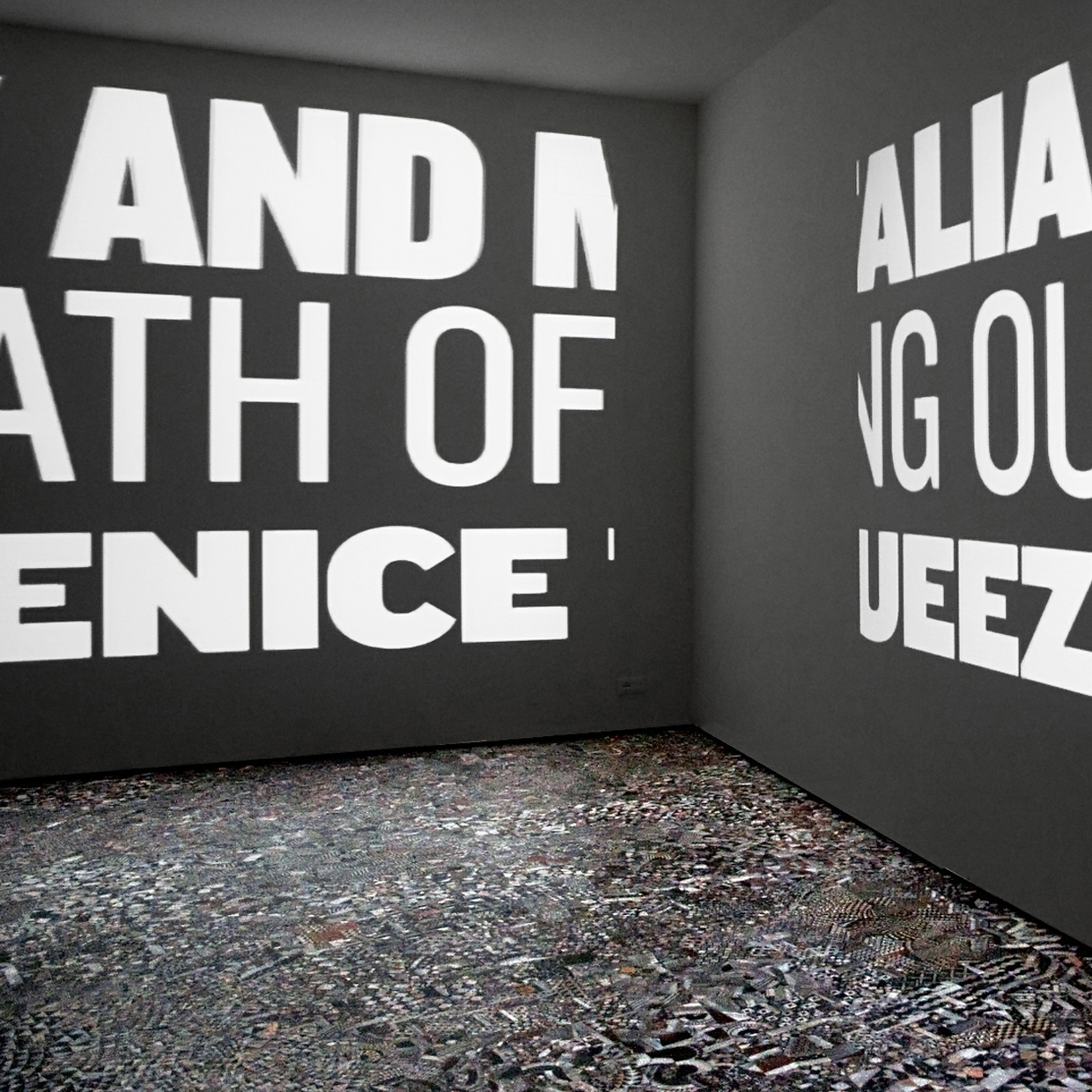
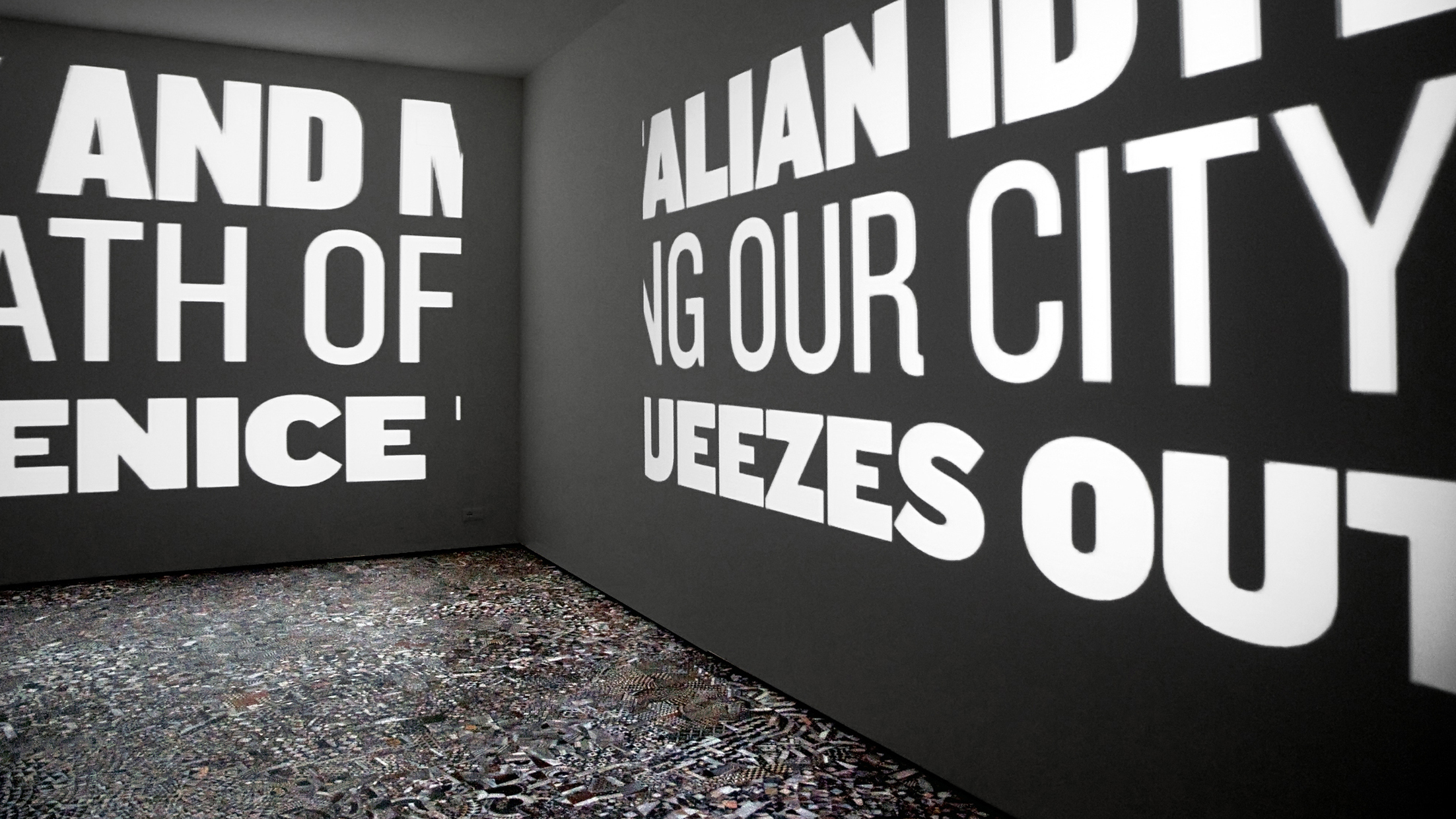
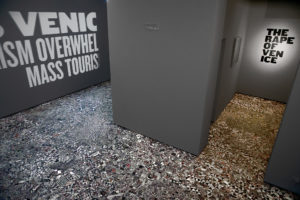
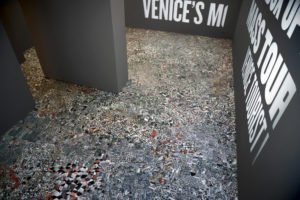
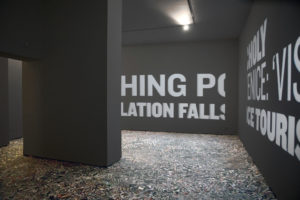
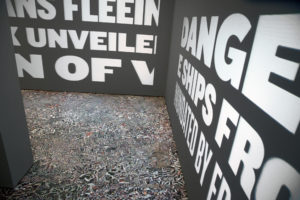
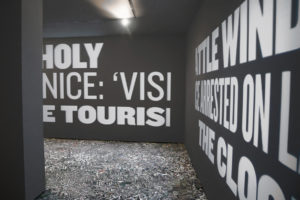
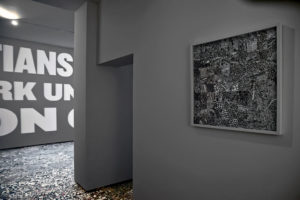
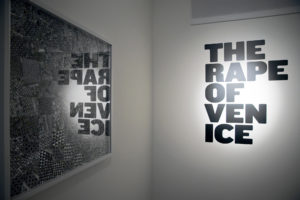
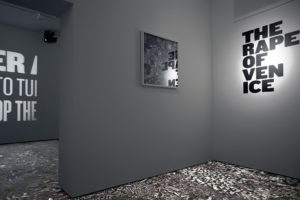
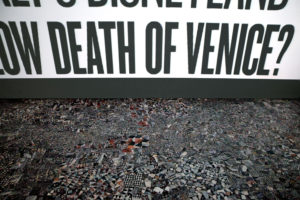
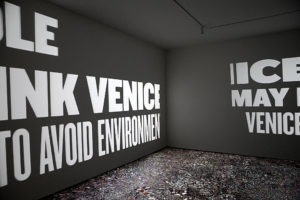
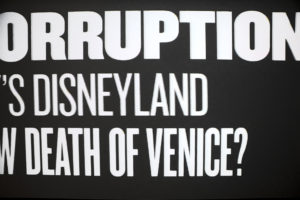
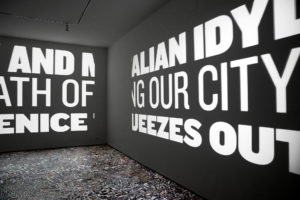
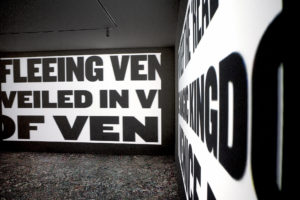
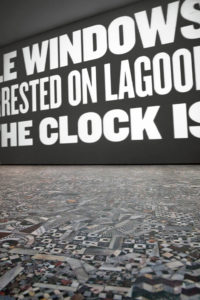
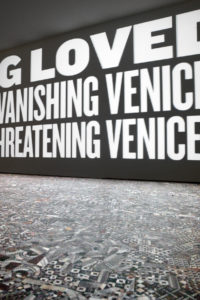
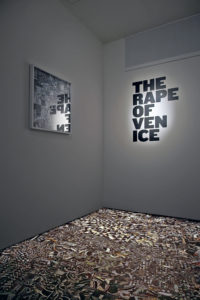
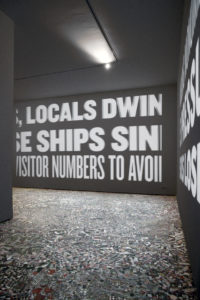
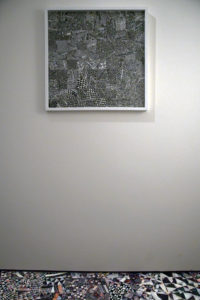
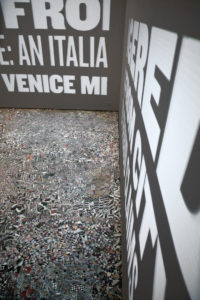
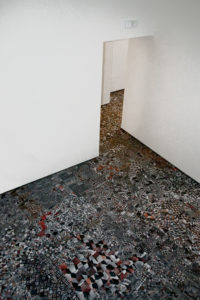
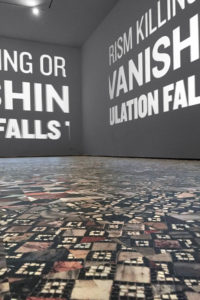
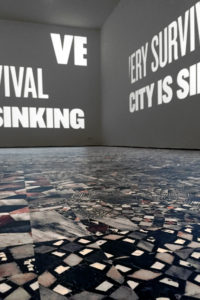
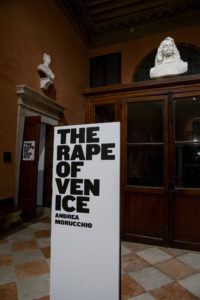
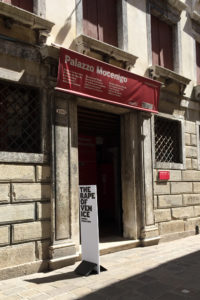
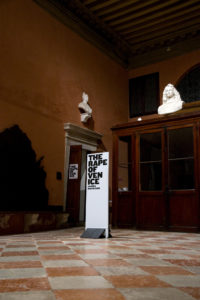
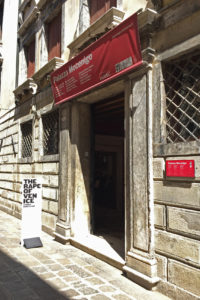
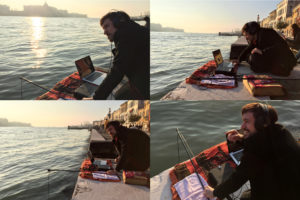
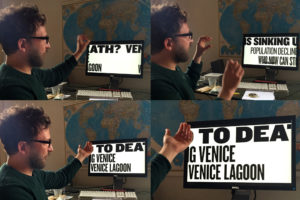
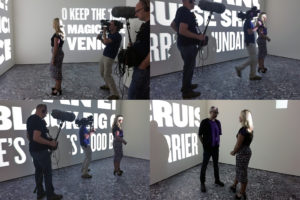
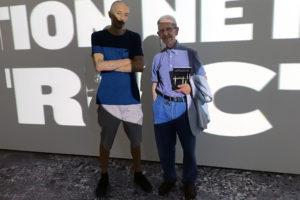
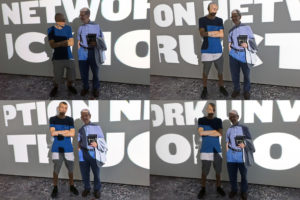
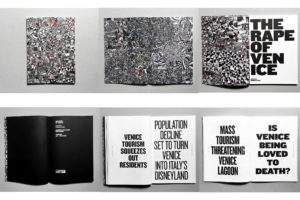
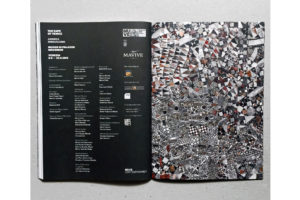
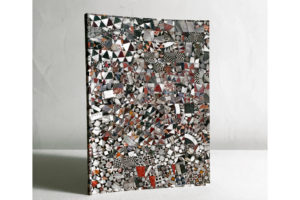
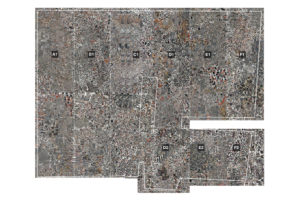
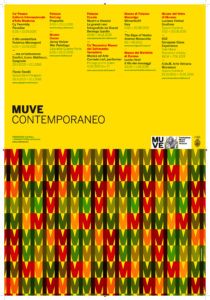
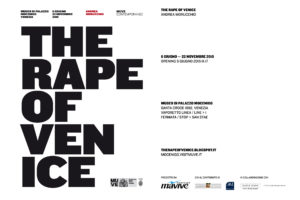
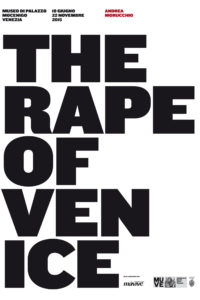
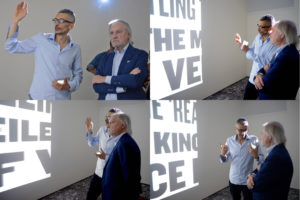
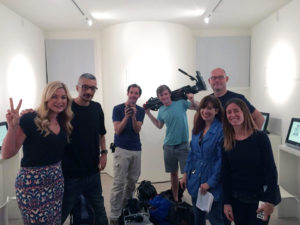
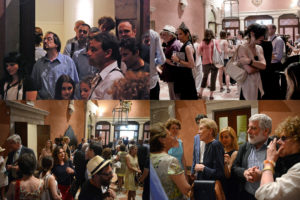
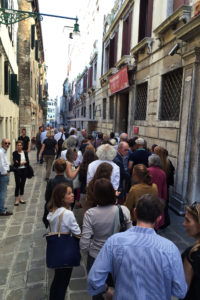
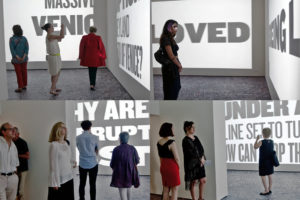
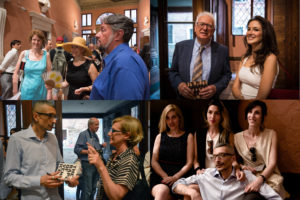
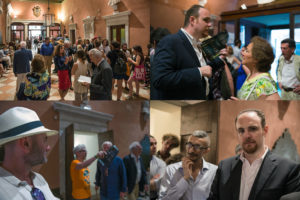
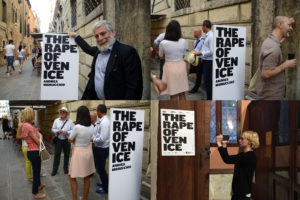
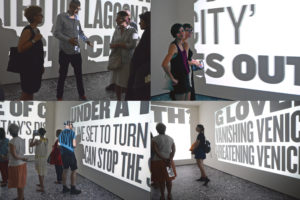
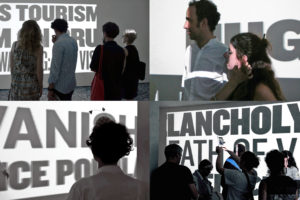
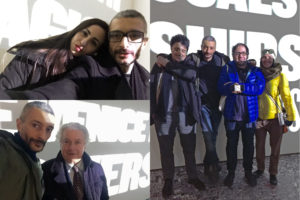
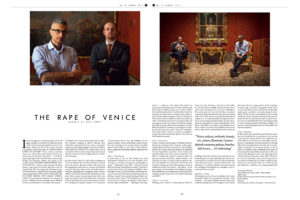
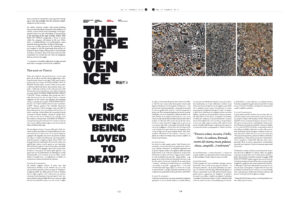
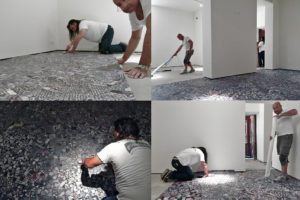
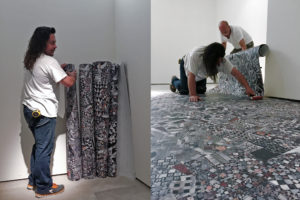
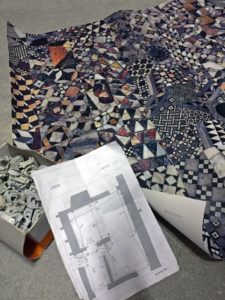
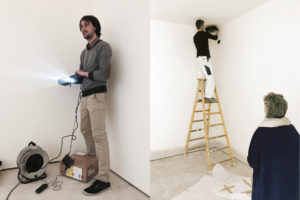
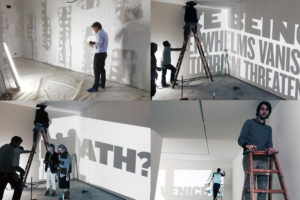
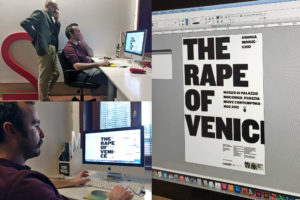
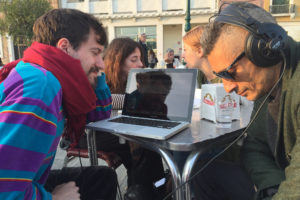
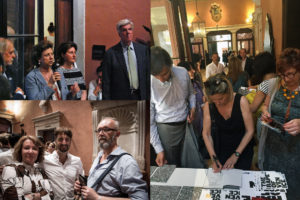
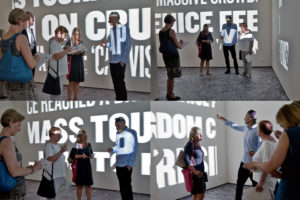
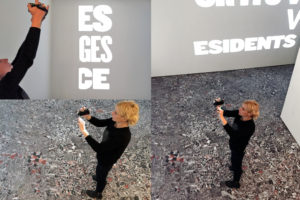
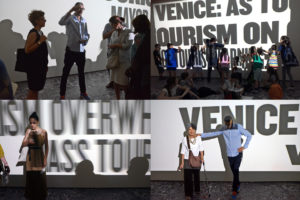
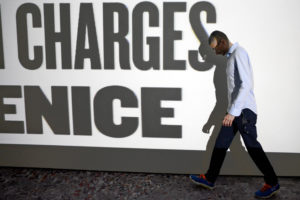
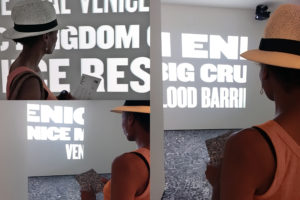
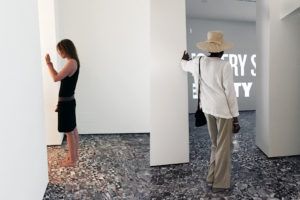
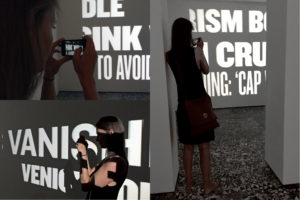
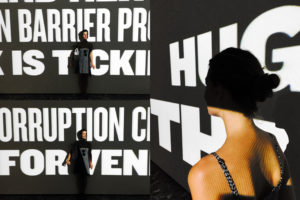
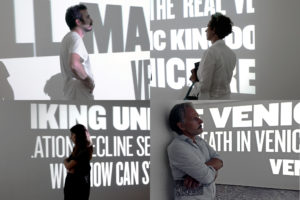
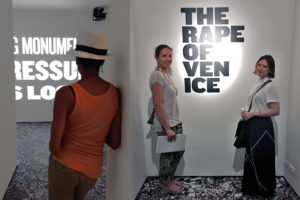
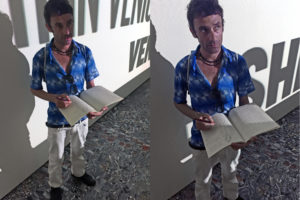
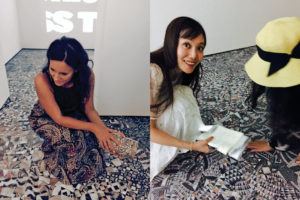
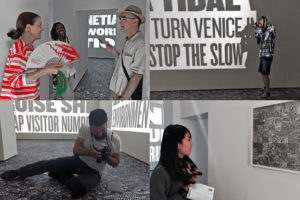
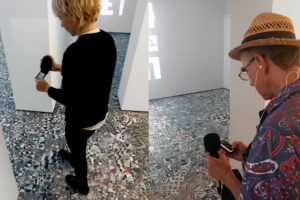
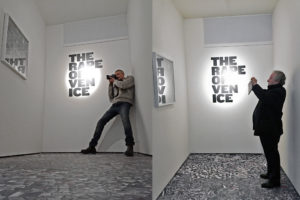
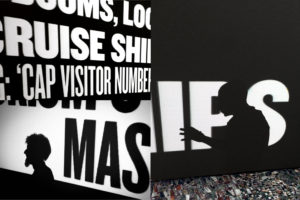
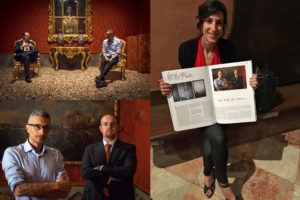
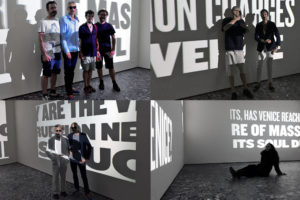
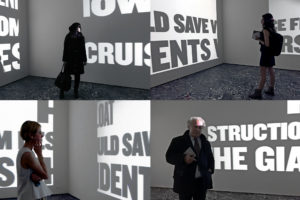
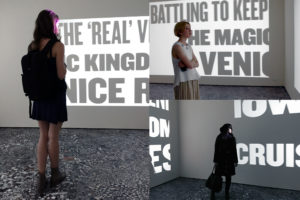
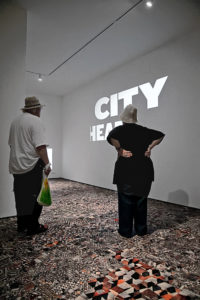
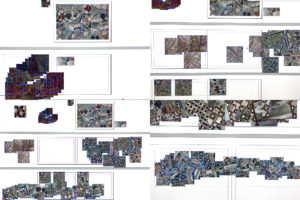
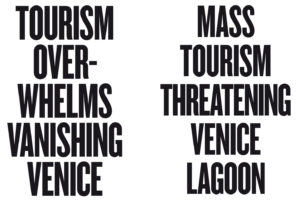
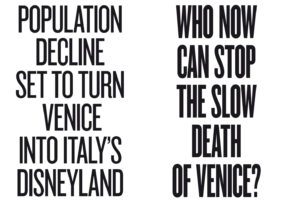
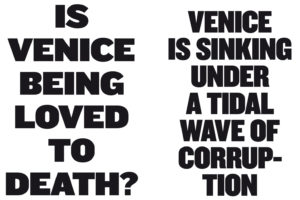
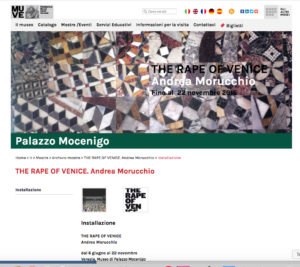
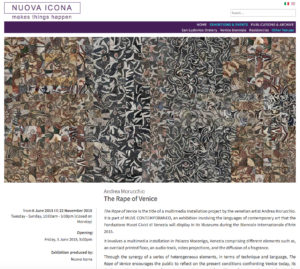
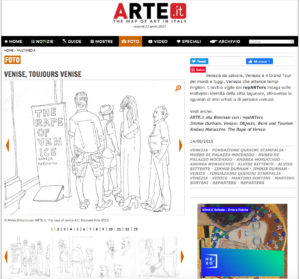
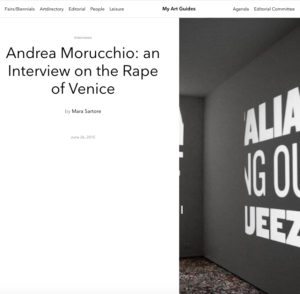
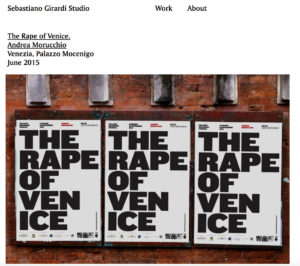
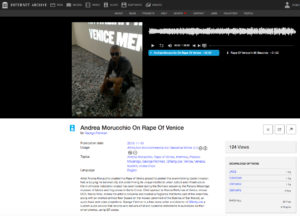
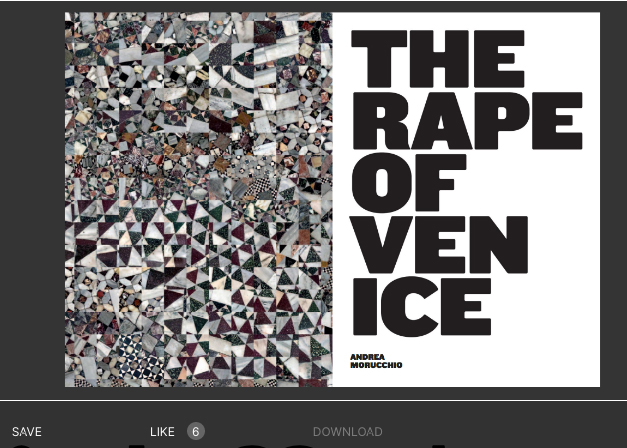

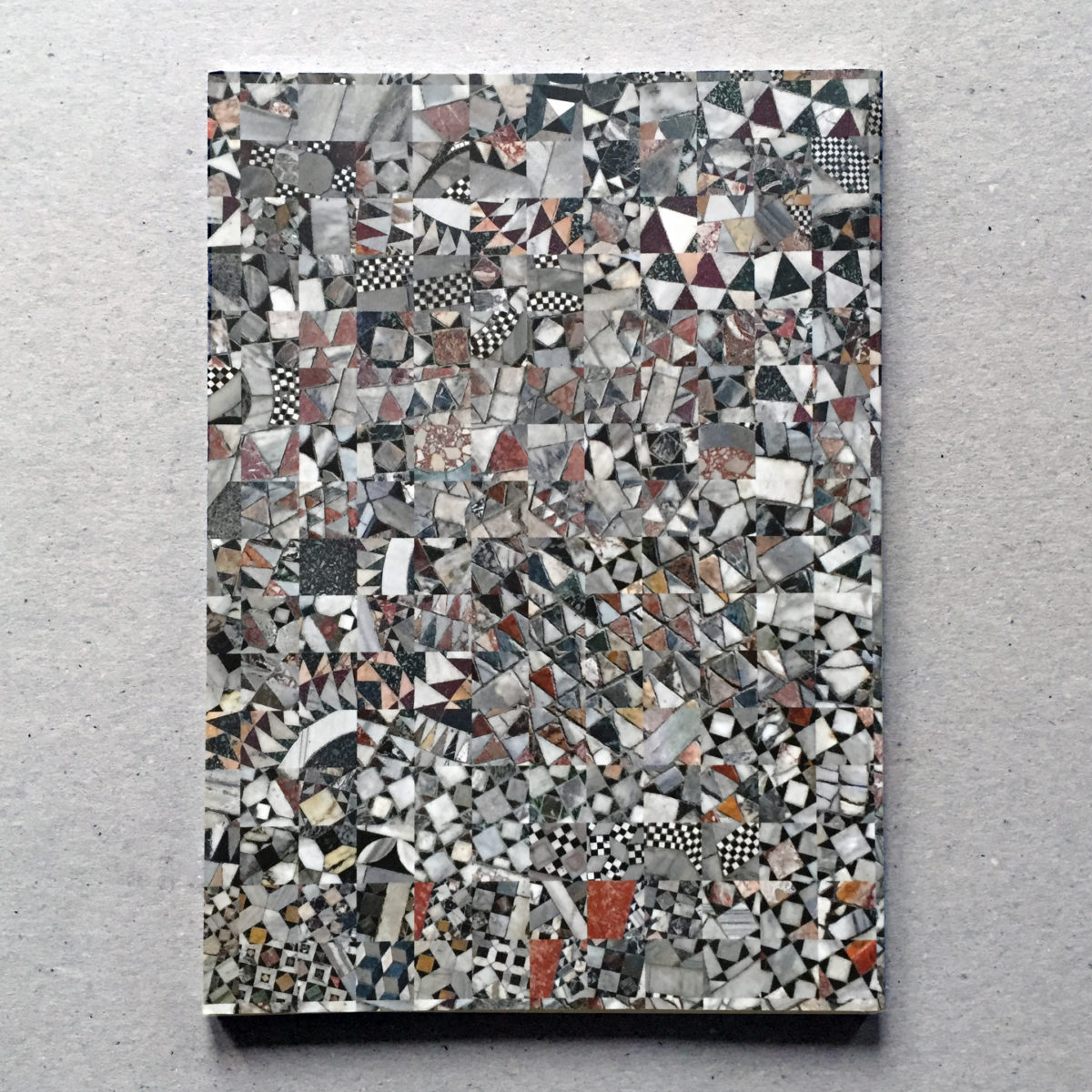 The Rape of Venice | 2015
The Rape of Venice | 2015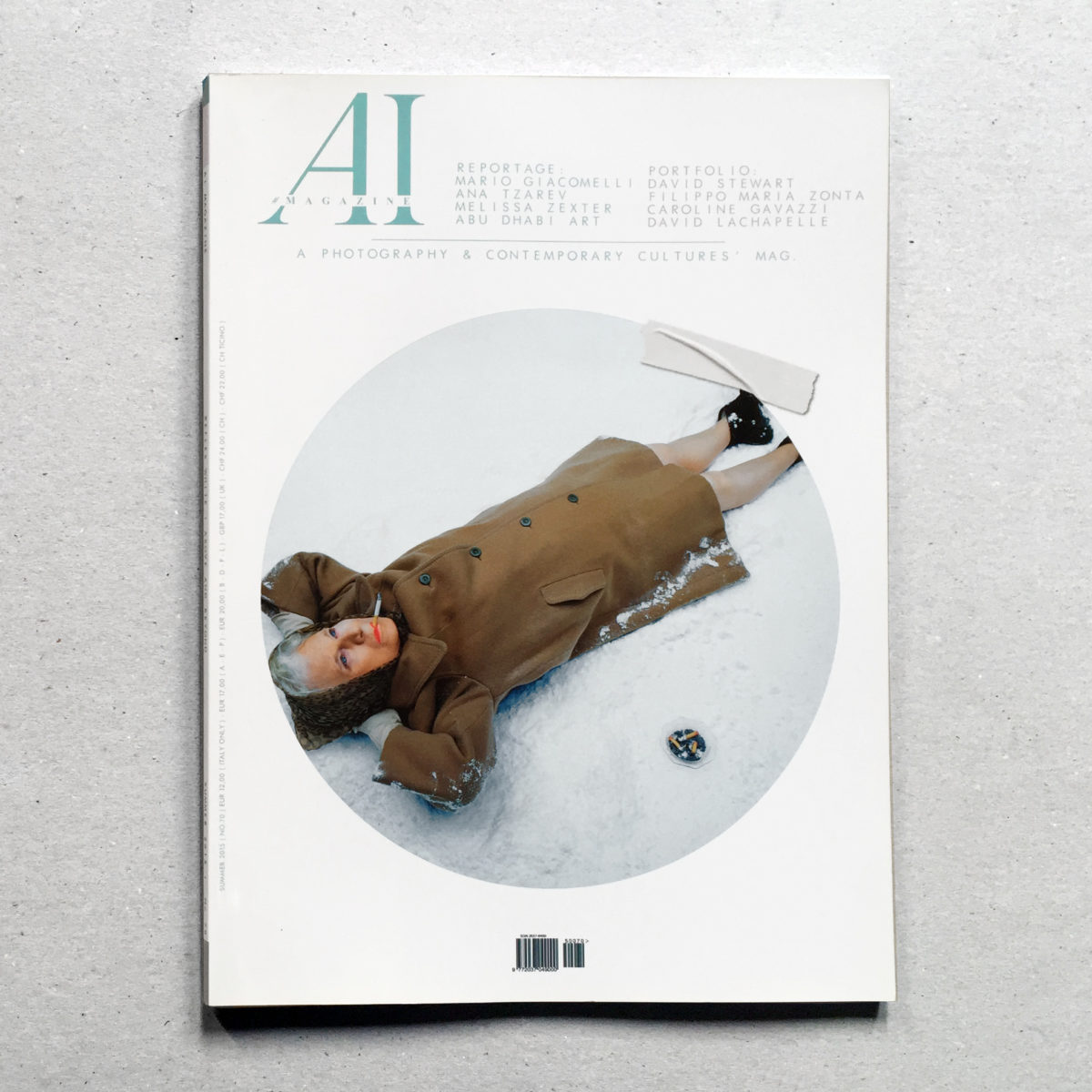 L’Aperitivo Illustrato | 2015
L’Aperitivo Illustrato | 2015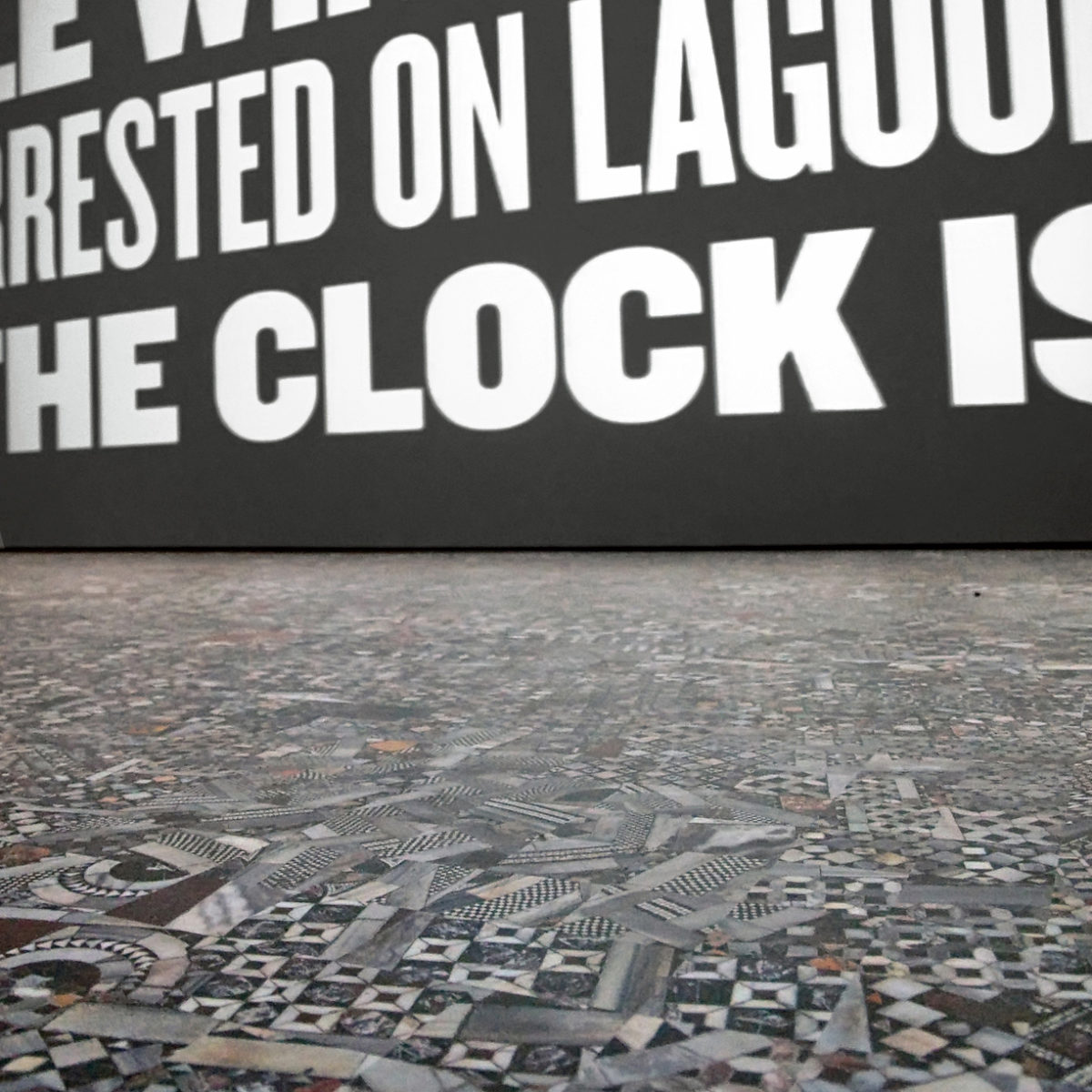 “The rape of Venice: from Absence to Essence”, critic text by Matteo Bertelé, 2015, eng
“The rape of Venice: from Absence to Essence”, critic text by Matteo Bertelé, 2015, eng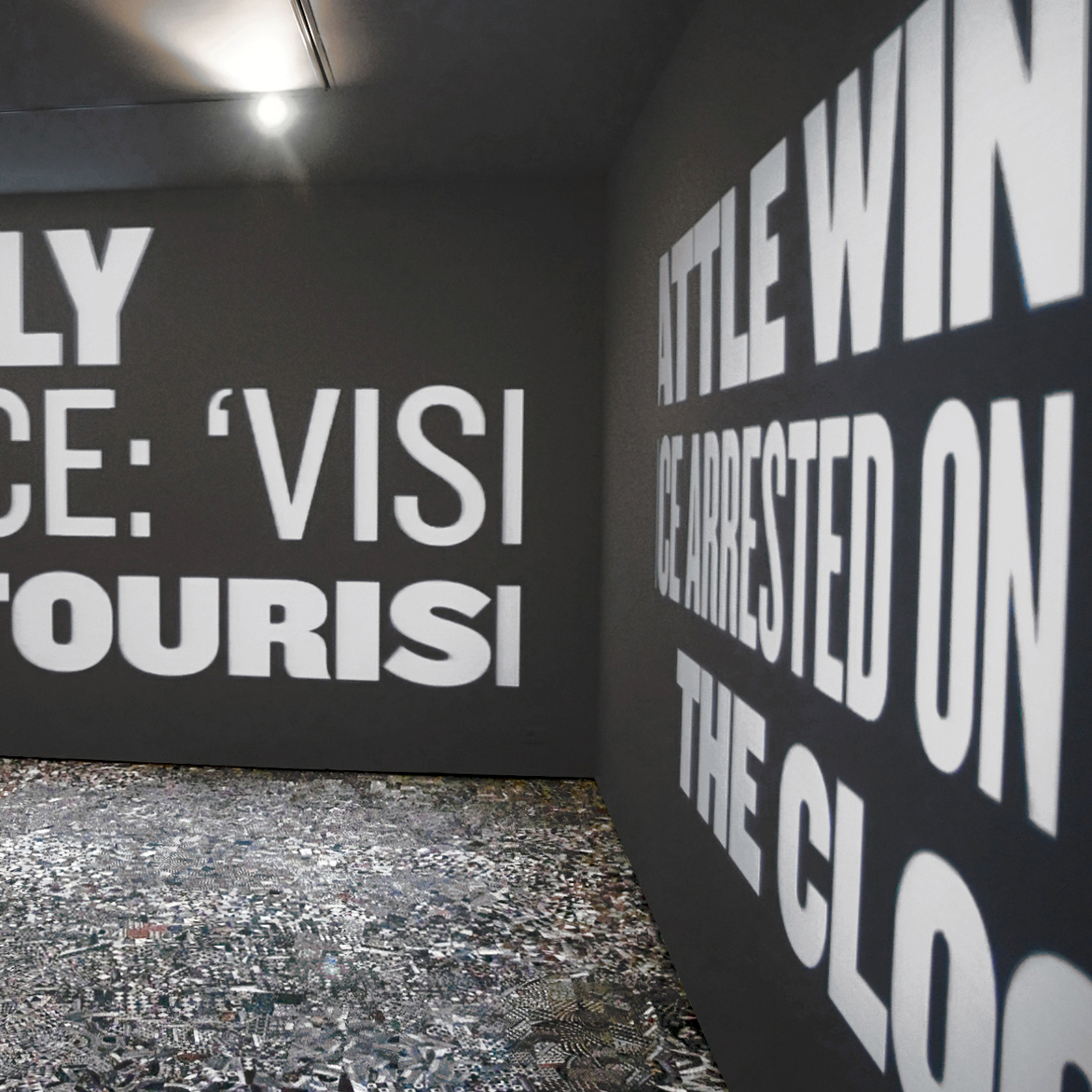 “The Rape of Venice, or the Building of a Context”, critic text by Vittorio Urbani, 2015, eng
“The Rape of Venice, or the Building of a Context”, critic text by Vittorio Urbani, 2015, eng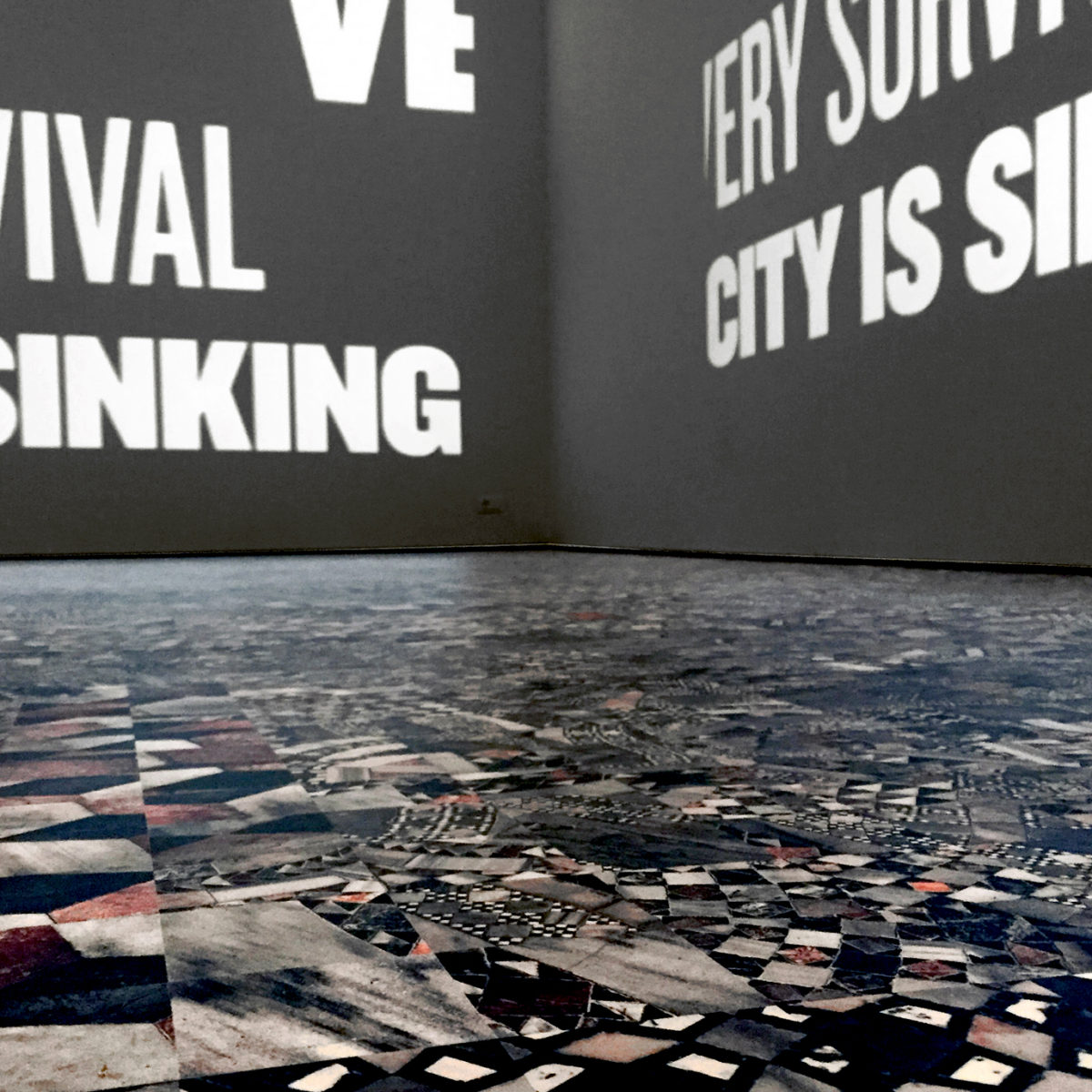 “Venice: Going Back to its Essence”, text by Marco Vidal, 2015, eng
“Venice: Going Back to its Essence”, text by Marco Vidal, 2015, eng